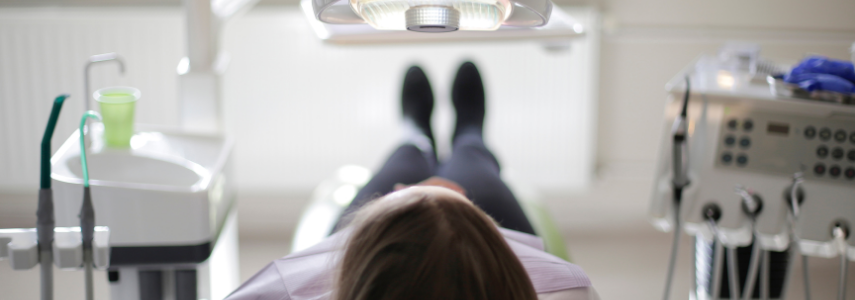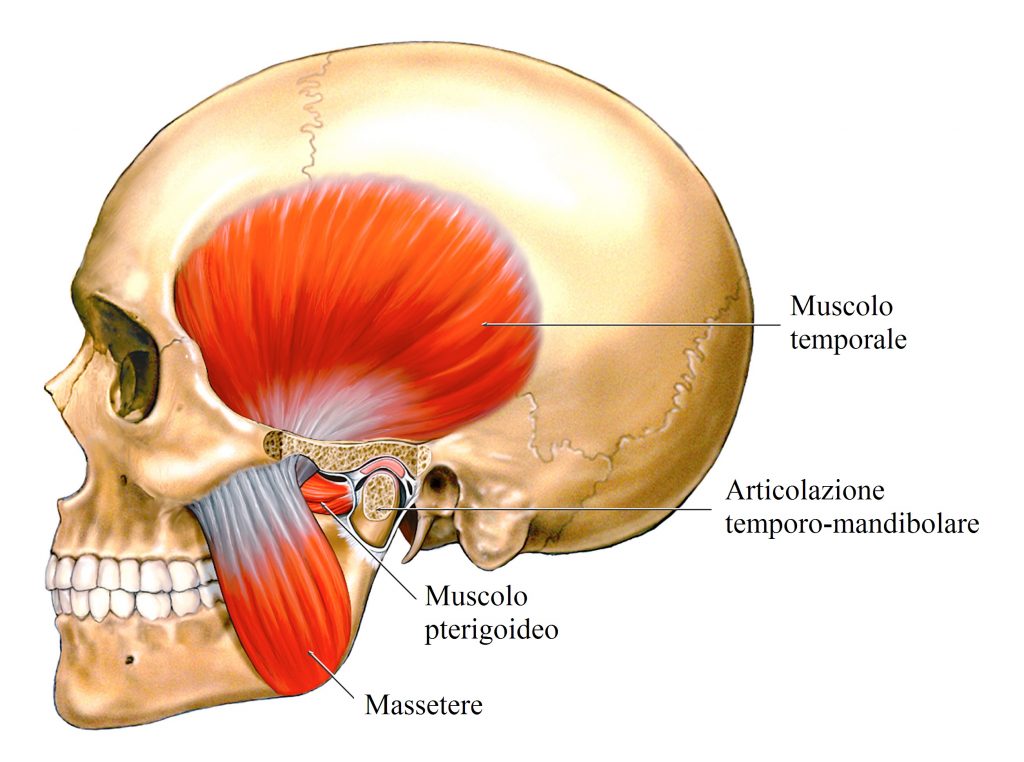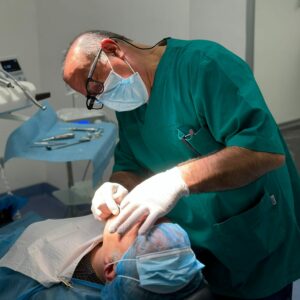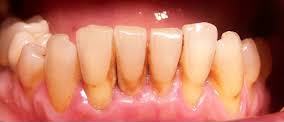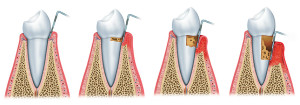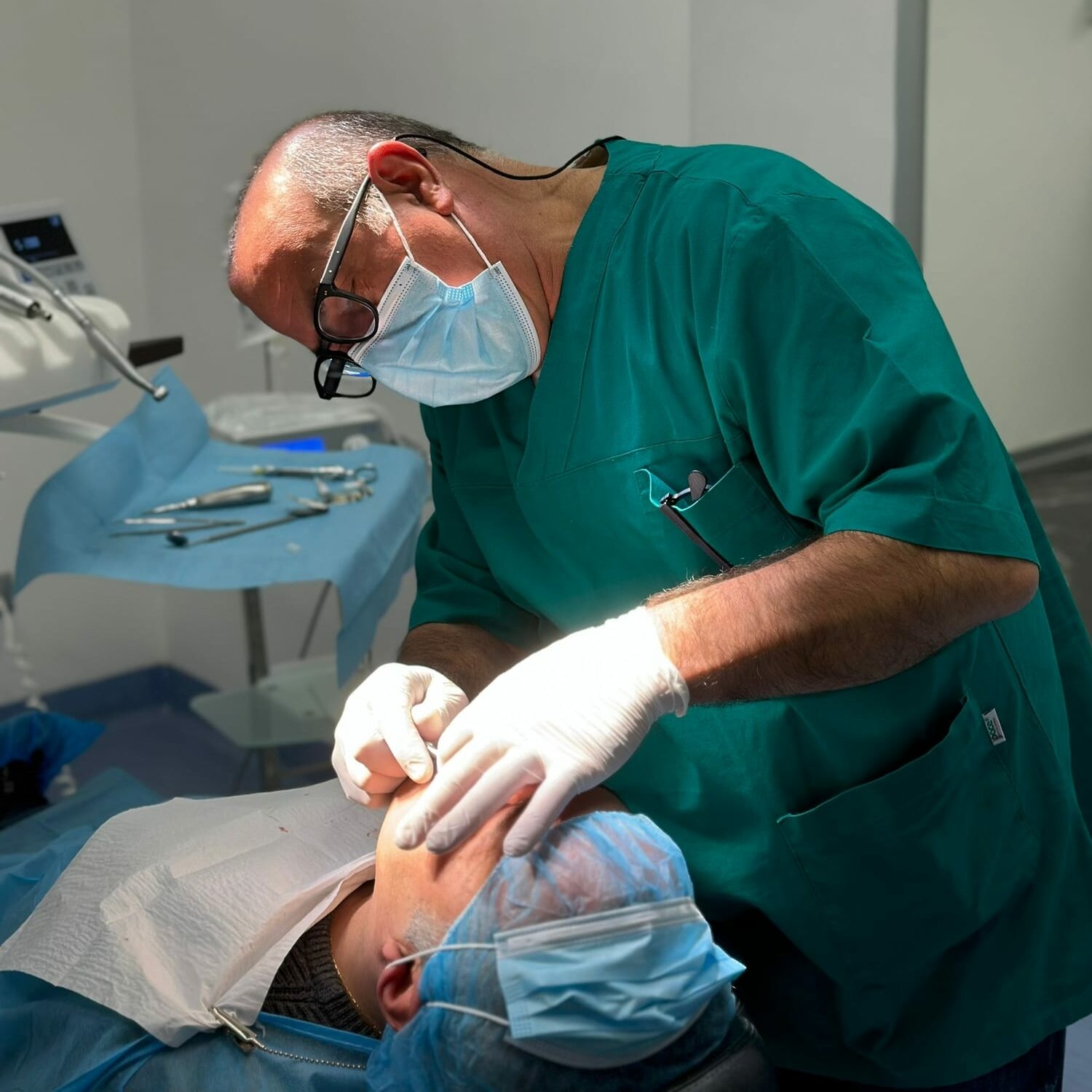The quality of sleep is an important element of the overall well-being of an individual, jaw pain or more generally temporomandibular disorders can compromise rest and create a series of related disorders.
In fact, chronic pain conditions due to temporomandibular disorders can occur, including:
- heachache
- backache
- fibromyalgia
- chronic fatigue
- irritable bowel syndrome
these conditions in turn generate further complications:
- psychosocial distress
- fatigue
- reduced quality of sleep
- anxiety and depression
Intensity of tempero-mandibular pain and quality of sleep
In recent years, research has focused its attention on pain intensity and poor sleep quality. From the data that emerged it was confirmed that jaw pain is twice as high in individuals with sleep disorders compared to those who do not.
To carry out the surveys on the sampled patients, the quality of sleep was evaluated according to the following indices and diagnostic questionnaires:
- Pittsburgh Sleep Quality Index (PSQI);
- Sleep Assessment Questionnaire (SAQ);
- Epworth Sleepiness Scale (ESS)
In December 2021, a study was published in the Journal of Oral Rehabilitation in which researchers assessed the overall subjective quality of sleep in individuals with and without temporomandibular disorders.
Thirty-six clinical cases were included in the analysis, from the information obtained it emerged that poor quality sleep disturbances are an additional risk factor for the development of temporomandibular disorders.
Conversely, it has been observed that patients with temporomandibular disorders suffer from reduced sleep quality
Conversely, it has been observed that patients with temporomandibular disorders suffer from reduced sleep quality
Sleep deprivation, chronic neck pain, headaches and other symptoms of temporomandibular system dysfunction can therefore negatively impact fundamental aspects of a patient’s well-being.
For this reason it is important to specifically evaluate each clinical case presenting temporomandibular disorders and to have a multidisciplinary approach with each of them which may also include polysomnographic studies.
The approach to the patient today is no longer linked to a single specialist field, but must be increasingly oriented towards a global vision of his psychophysical well-being.




